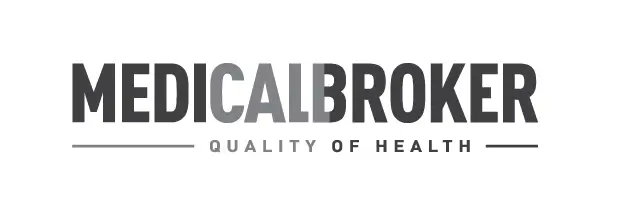Back braces and Spine support
2016-07-21
 The spine consists of 24 separated and approx. 9 or 10 other vertebrae, which are ossified in the sacral and coccyx segment. In regards to function, they can be divided into following sections:
The spine consists of 24 separated and approx. 9 or 10 other vertebrae, which are ossified in the sacral and coccyx segment. In regards to function, they can be divided into following sections:1 The cervical spine with totally 7 vertebrae (vertebrae cervicalis), which is also called cervical segment.
2 The thoracic spine with totally 12 vertebrae (vertebrae thoricacae), which is also called thoracic segment.
3 The lumbar spine with totally 5 vertebrae (vertebrae lumbalis), which is also called lumbar segment.
4 The sacral segment describes the sacral bone and coccygeal bone (os sacrum et os coccygis),which usually are ossified.
Specialties of the individual spinal sections:
- The first cervical vertebrae body (atlas) carries the head and allows nodding movements as well as lateral movement; the second cervical vertebrae body-axis enables by its peg-shape the rotating movement between neck and head.
- The spinous processes are positioned overlapping at the thoracic spine;therefore blocking rotation. This is also the spot where the thoracic rib bones emerge.
- At the lumbar spine, the condylar processes are positioned against each other in such a way that rotation is not possible. In this section, the vertebrae bodies and the spinal disks are developed very strongly.
- The junction from the lumbar spine to the sacral bone is clearly angledand is called promontorium. The sacral vertebrae are ossified to one block and are the connection to the pelvic girdle.
- The coccygeal is present only rudimentarily and is not important any more for human being.
Motion patterns of the spine
The human spine is curved in the shape of a double-S and as ?elastic pole?, ensures the human upright walk (homo erectus). Further to the static tasks, carry loads, the spine is very flexible, especially in the upper sections. Therefore, following motion sequences are possible:- Bending forwards - flextion.
- Extending backwards - extension.
- Tilting sideways - lateral flexion.
- Turning motion - rotation.
Basic shape of a vertebrae
- At the cylinder-shaped bone piece, there are 1 spinous process, 2 transverse processes and 4 condylar processes.
- At the transition from vertebral body to vertebral arch, the spinal nerves emerge from the intervertebral foramen.
- The vertebral arch surrounds the spinal cord and in the sum of the vertebral bodies, forms the vertebral canal.
Function
The vertebral body carries the load, the vertebral arch surrounds and protects the spinal cord, the processes ,function as lever for muscles and ligaments.The vertebral discs
The 23 intervertebral discs, also called spinal disks, connect the single vertebral bodies and consist of an outer tissue ring (anulus fibrosus) and a soft gelatinous core (nucleus pulposus). These spacer disks allow motion in the spinal segment and have a shock absorbing function.-
Nearly every one of us knows the subject back pain and has been affected by it at least once before. The trouble with the back can have plenty of causes. With the diagnosis of the orthopaedist, centre and extent of the pain are localised, and a therapy with medication,physiotherapy or orthpedic aids will be initiated accordingly, or even be treated surgically. Like in nearly every therapy, major focus is put on immobilisation, erection and targeted motion by therapeutic exercise. Also, a change in lifestyle of the person affected (weight reduction, physiotherapy, yoga) can contribute to gain positive control over back pain.
Cervical syndrome
This is a collective term for all painful disorders in the segment of the cervical spine. By compression of the nerve roots many different diagnoses can be specified, such as stiff neck, migraine or pain radiating into shoulder or arm. During traffic accidents, the cervical spine is a predestined site for injuries, due to acceleration and at the same time inertness of the head.
Osteoporosis
A metabolic disease of the skeleton system with loss of bony substance . Due to the decreasing bone density, the fracture suspectibility increases especially at the disk bodies (respectively neck of femur, distal radius head). There, caused by the axial load, vertebral deformities, deck plate drops (?sinterings?) and roundback deformity occur increasingly.Next to the development of a rounded back, this disease can cause pain. Bedriddenness and immobilisation see tlso hyperextension orthoses & and osteoporosis braces.
Sciatica and low back pain syndrome
This is a collective term for pain in the section of the lumbar spine and also known as lumbalgy, lumbosacral radiculopathy and lumbagoThe cause often lies in irritation or compression of the nerve roots by the spinal disks.Often, overweight in combination with week abdominal and back muscles are responsible for this disease pattern (hollow-back/hyper-lordosis). Also, degenerative symptoms are often experienced in this spinal section and for the affected person, can also be rather painful.
All Back Braces & Supports
Show more entries from
July 2016
